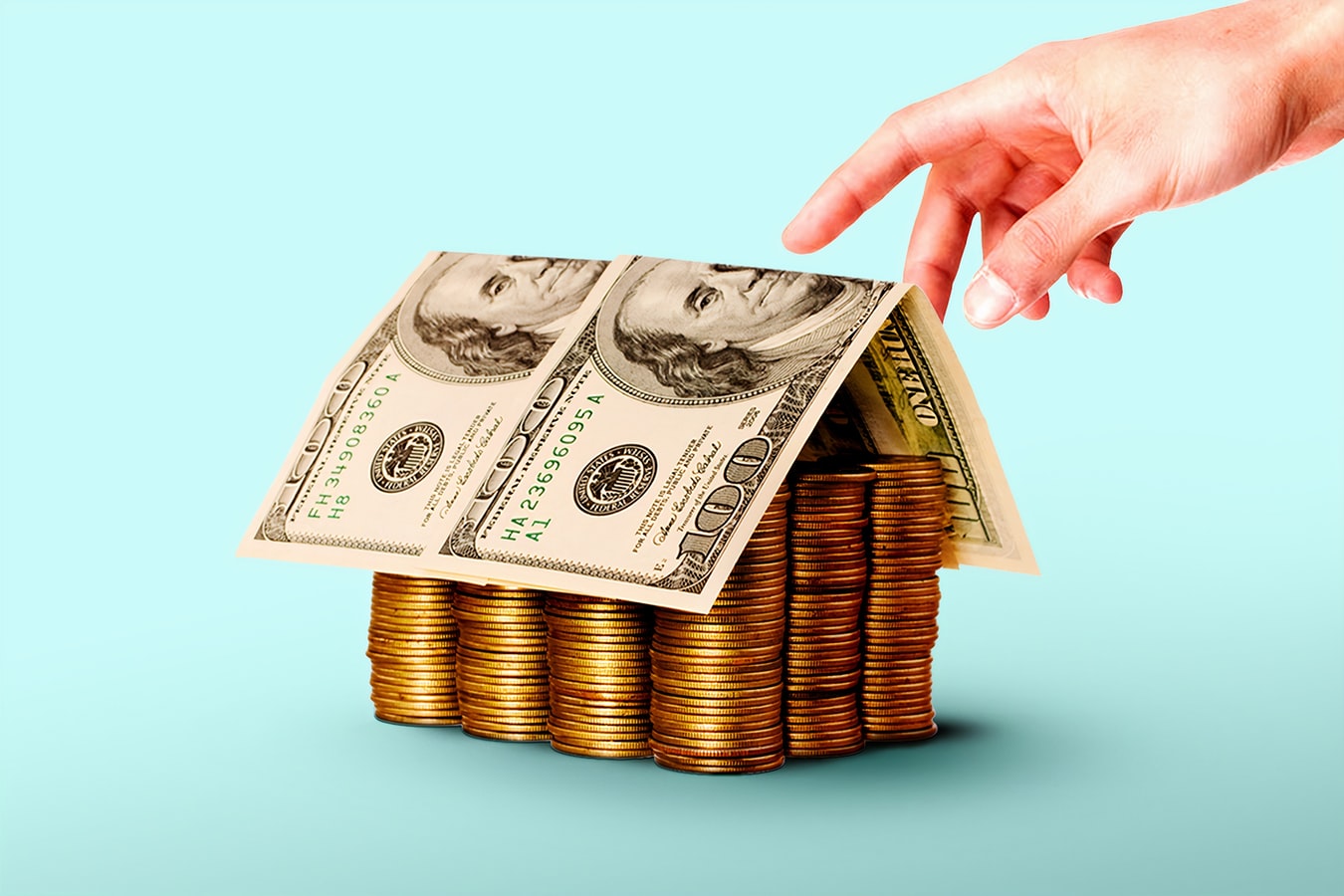Homeowners 62 and older saw their collective home equity levels rise in the first quarter of 2024 by roughly $328.5 billion to a total of $13.19 trillion, a recovery after decreases observed over the past year.
This is according to the Reverse Mortgage Market Index (RMMI), a measure of senior-held home equity maintained by the National Reverse Mortgage Lenders Association (NRMLA) and data analytics firm RiskSpan.
The RMMI increased to 461.28 in Q1 2024, up from the revised Q4 2023 level of 449.79. Senior home values increased to $15.5 trillion in the first quarter, an all-time high, tempered somewhat by an increase in senior-held mortgage debt to $2.35 trillion.
“The Federal Housing Administration (FHA) Home Equity Conversion Mortgage, which more than 1.3 million people have used to supplement retirement savings and to age in place, enables older homeowners to convert their housing wealth into a liquid asset safely and sustainably,” NRMLA President Steve Irwin said in a statement accompanying the index.
“Reverse mortgages support everyday expenses, home downsizing or modification for better senior living, caregiving and uncovered healthcare, health emergencies, drug expenses, adult children’s needs, transportation, and participation in organizations and activities that enable older adults to sustain social engagement and avoid loneliness,” he added.
Senior homeowners were big beneficiaries of the run-up in home prices observed during the COVID-19 pandemic. In 2011, the collective level of senior-held equity sat at roughly $3 trillion, while in Q3 2021, it topped $10 trillion for the first time. In Q1 2022, it exceeded $11 trillion.
The collective senior housing wealth figure accelerated during the pandemic. It reached the $9 trillion threshold for the first time in Q1 2021 and passed $8 trillion for the first time only three months earlier. It previously topped $7 trillion for the first time in Q4 2018.

